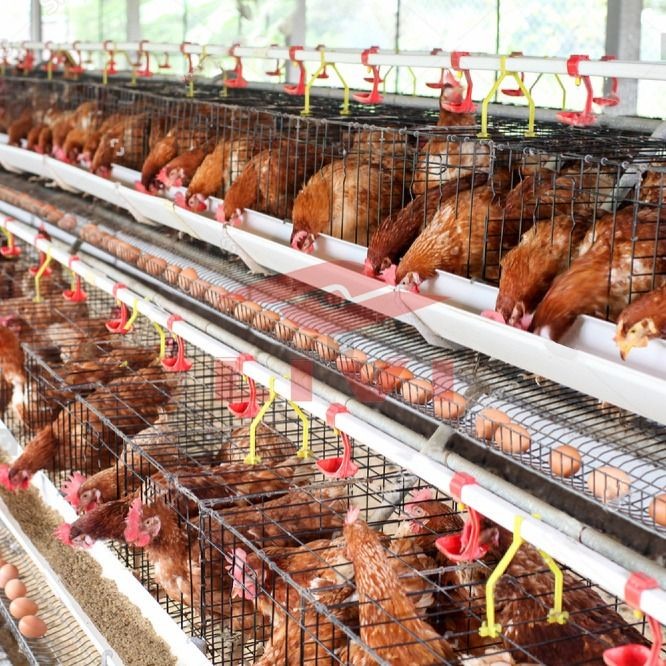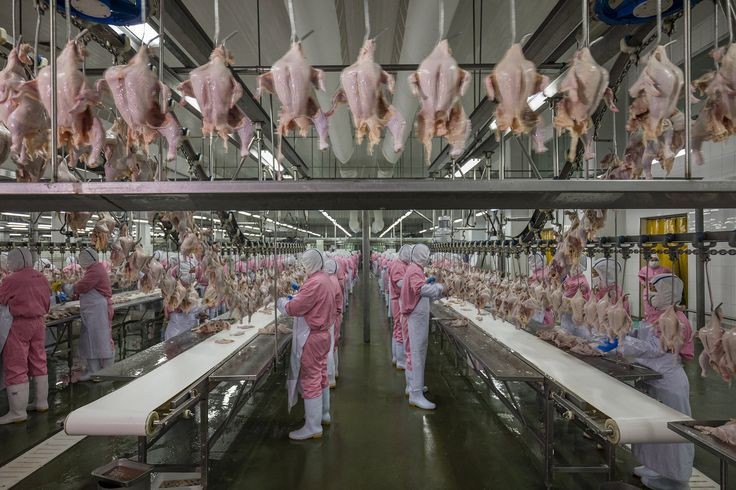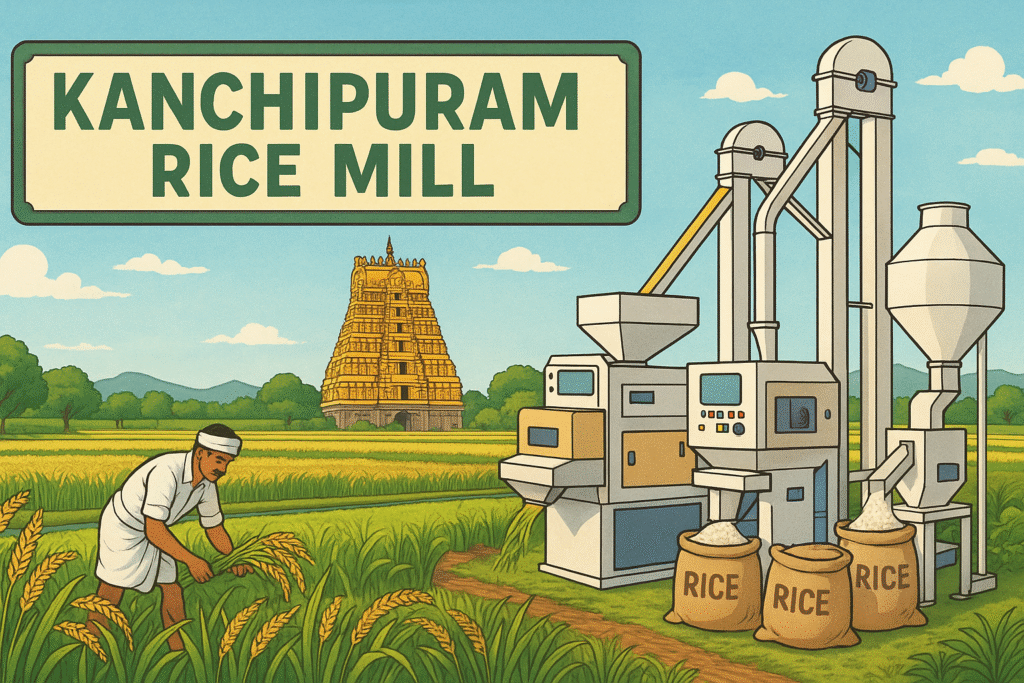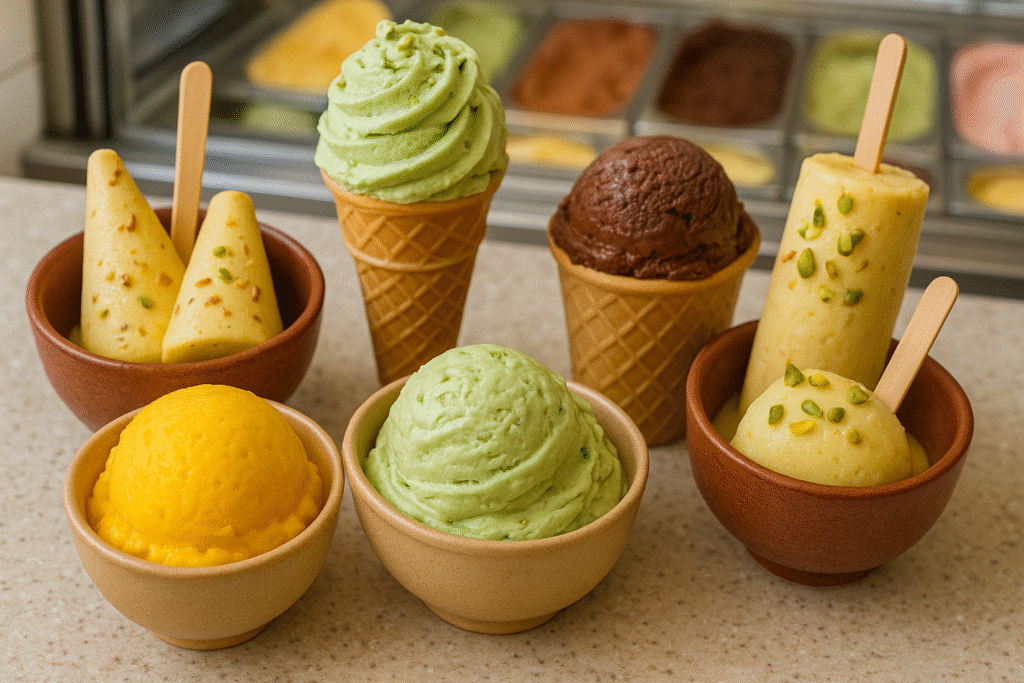From Clucks to Cuts: Navigating the Fascinating World of Chicken Processing in India

In the bustling landscape of India’s ever-evolving food industry, one aspect stands out as a testament to innovation, efficiency, and the intricate dance between tradition and modernity: chicken processing. As the nation’s appetite for poultry products continues to grow, the process by which chickens transform from farm-raised fowls to the succulent delicacies adorning our plates has become an intricate web of careful planning, advanced technology, and unwavering commitment to quality. This blog post aims to pull back the curtain on the captivating journey that is chicken processing in India, offering an in-depth exploration of the various stages that shape this industry’s landscape. From the nurturing environment of poultry farms to the meticulously orchestrated symphony of stunning, evisceration, and packaging, we embark on a compelling voyage that unveils the remarkable transformation of chickens into the delectable fare enjoyed across the nation. Join us as we unravel the story behind the succulence, and the dedication that goes into delivering safe, flavorful, and wholesome chicken products to the tables of millions.
Slaughtering and Processing:
Slaughtering and processing are critical steps in the chicken production chain, where the birds are transformed from live animals into ready-to-cook products. Here’s a closer look at the various steps involved:
a. Stunning: To minimize stress and pain, chickens are stunned before slaughter. This can be achieved using methods such as electrical stunning or controlled atmosphere stunning. Stunning ensures that the birds are unconscious before further processing takes place.

b. Bleeding: After stunning, chickens are bled to remove blood from the body. Proper bleeding is essential to maintain meat quality and prevent blood contamination.
c. Scalding and Feather Removal: The birds are then immersed in hot water to loosen feathers. Mechanical equipment is used to remove feathers efficiently. Automated systems streamline this process, ensuring thorough feather removal while minimizing damage to the skin.
d. Evisceration: Evisceration involves removing the internal organs, including the digestive tract, heart, liver, and gizzard. Skilled workers or automated machinery carefully perform this task to avoid contaminating the meat. The organs are often processed separately for other uses, such as pet food or pharmaceuticals.
e. Washing and Chilling: After evisceration, the chickens are thoroughly washed to remove any remaining blood or debris. Proper hygiene is crucial at this stage to prevent cross-contamination. The chickens are then chilled to reduce their temperature and inhibit bacterial growth. Chilling methods can include air chilling or water immersion chilling.
f. Cutting and Portioning: Depending on the market demand, the chickens may be cut into various parts such as breast, thighs, wings, and drumsticks. Modern processing plants use automated equipment to ensure precise cuts and portion sizes. These cuts are then packaged and labeled according to specific customer requirements.
g. Quality Control: Throughout the processing stage, trained inspectors closely monitor the process to ensure compliance with food safety regulations and quality standards. Regular testing for pathogens and contaminants is conducted to ensure that the final product is safe for consumption.
h. Value-Added Products: In addition to whole birds and cut-up parts, the processing stage can also involve the creation of value-added products. These include marinated, seasoned, or pre-cooked chicken products that cater to consumer convenience and preferences.
i. Packaging: Once the chicken products are ready, they are packaged using various techniques to maintain freshness and extend shelf life. Packaging options range from traditional plastic wrapping to vacuum-sealed bags and modified atmosphere packaging that adjusts the gas composition inside the package to preserve product quality.
j. Distribution: Packaged chicken products are then distributed to retail outlets, supermarkets, and other points of sale. The distribution network ensures that the products reach consumers while maintaining proper temperature controls to prevent spoilage.
In conclusion, the processing stage of chicken production in India involves a series of well-coordinated and carefully monitored steps to transform live birds into safe, high-quality, and market-ready products. Advanced technologies, skilled labor, and stringent quality control measures contribute to ensuring that consumers can enjoy chicken products that are not only delicious but also meet the highest standards of food safety and hygiene.








